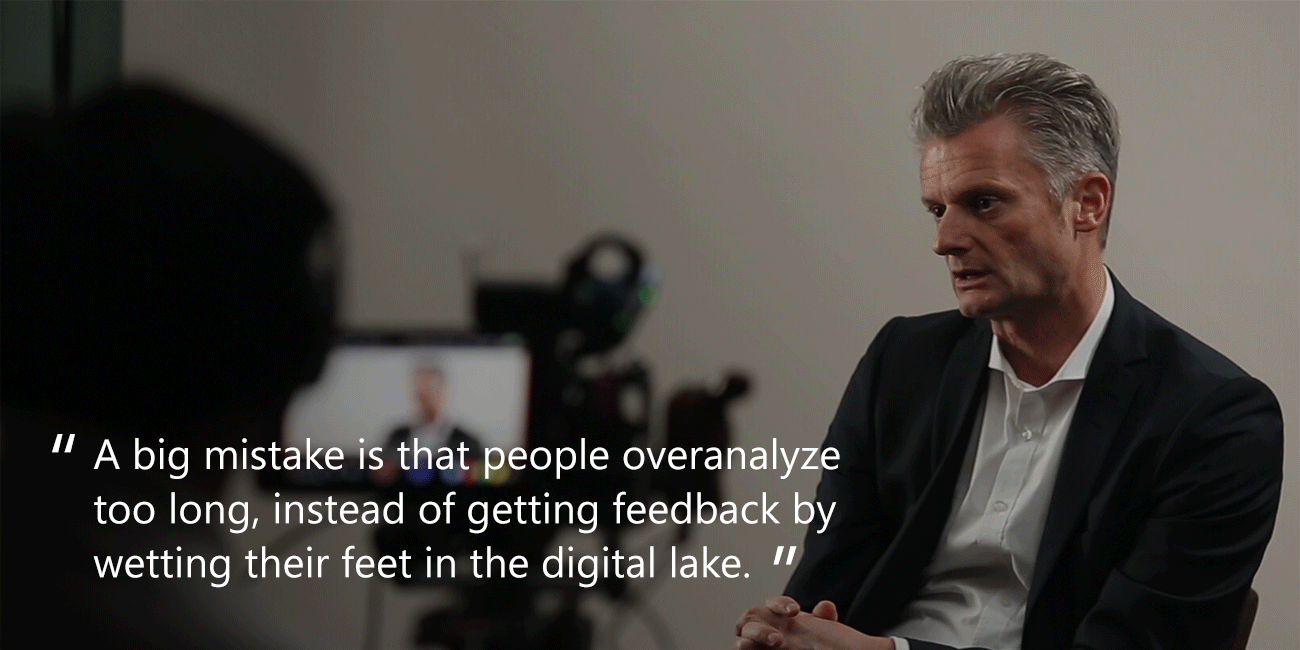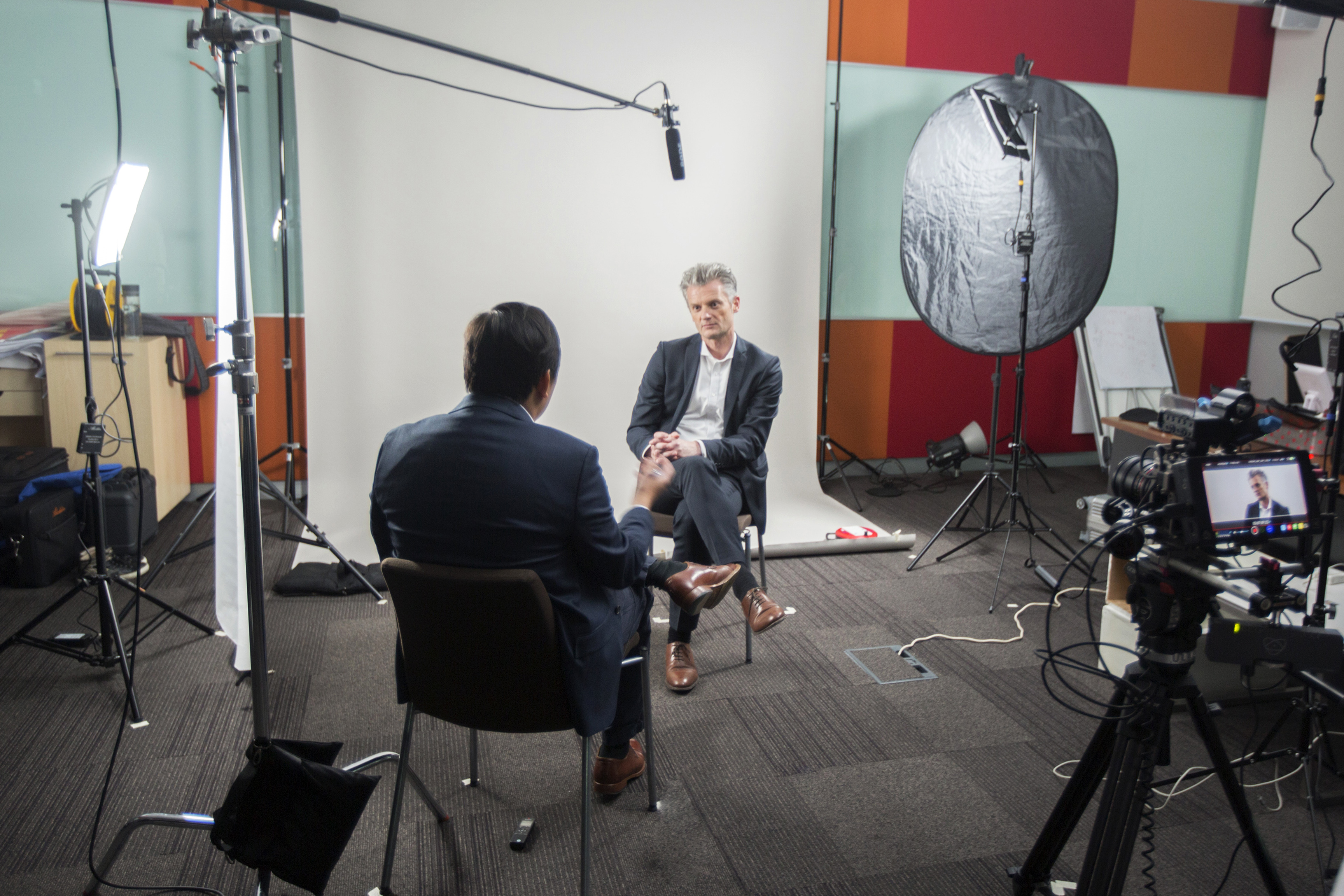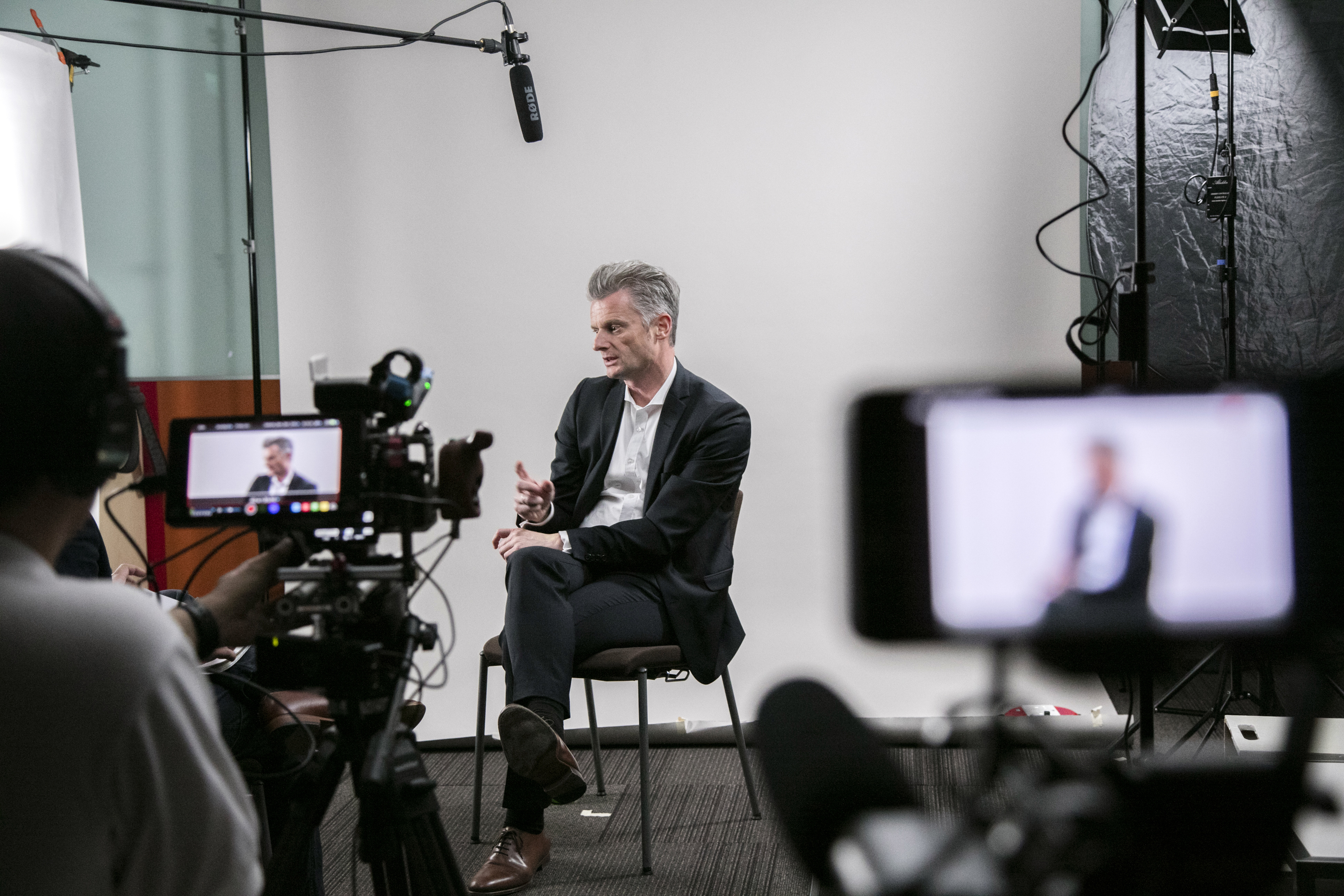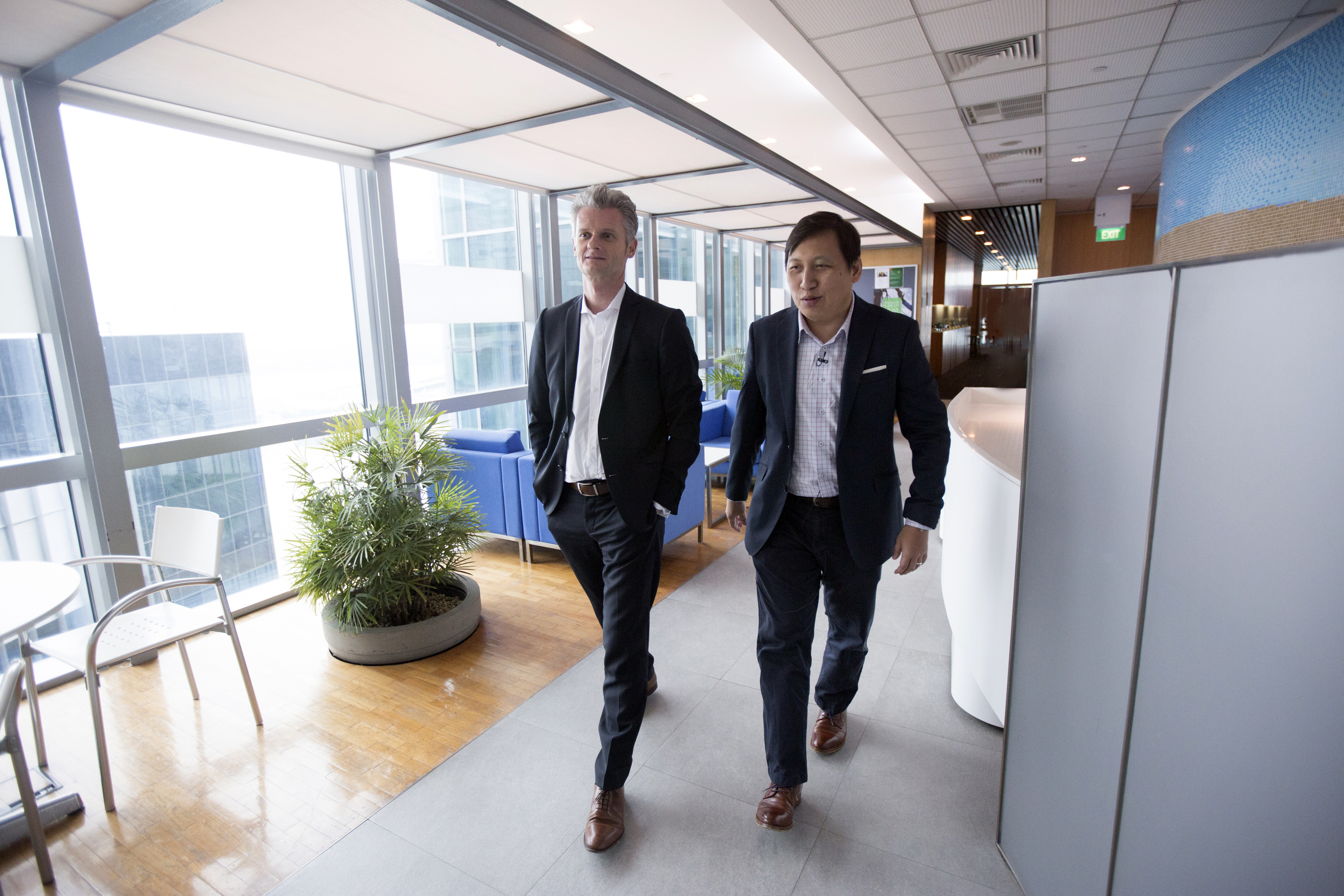
Digital transformation and the 4th Industrial Revolution
In our Asia Vision Series features, we dive into key industry trends and issues with our subject matter experts and visionaries in the region. In part 1 of 3 in this interview, Alfred Siew, a veteran journalist formerly with Singapore broadsheet The Straits Times and founding editor of a popular technology blog, speaks with Ralph Haupter, president of Microsoft Asia, to discuss how the 4th Industrial Revolution is changing the way people work, live and play – and what needs to be done to stay relevant in this increasingly digital world.
“I remember experiencing exciting moments when I was sitting under the Christmas tree as a young child – and proving to my parents that I could add three and three to make six on my brand new computer,” says Ralph Haupter, recounting the fond memories from his introduction to computing.
The president of Microsoft Asia has since seen the rise of the personal computer (PC), transforming the world like few could have foreseen in its early days. Now, Haupter believes we are at the cusp of the next big wave – where digital technologies will bring about changes not yet fully fathomable.
The 4th Industrial Revolution is coming in the form of a digital revolution – following similar disruptions by the introduction of the steam engine, electricity, and the micro-processor – and Asia will experience it uniquely, Haupter believes.
“Characterized by a fusion of technologies that is blurring the lines between the physical, digital and biological spheres, this new era will create new services that link people together and enable them to do more,” Haupter notes. “There are 3 key drivers which are making a real difference now – data, cloud and analytics. Each of these, taken individually, are transformative in their own right. But when happening simultaneously, which is what is occurring right now, they create an unstoppable force enabling digital disruption, which will impact all organizations, all industries, all roles.”
There are already many success stories of businesses yielding the benefits of digital transformation – raising their efficiency and productivity. For example, through data and predictive analytics, manufacturers can pre-empt production and maintenance issues, farmers can optimize livestock breeding rates, while hospitals can deliver improved healthcare through enhanced diagnostics.
Those instances are just the tip of the iceberg. The confluence of these technologies is now forcing organizations to rip up existing playbooks and find new opportunities in a disruptive, dynamic business landscape, says Haupter.

As president for Microsoft in the region, Haupter oversees over 40 territories and countries, leading the efforts of more than 17,000 employees and 100,000 partners to empower businesses on their own digital transformation journeys.
“When I travel around Asia, every executive I speak with is interested in what digital transformation could mean for his or her business,” he points out. “They ask the question ‘how can digital technology help me understand what is going on in the industry?’”
One major gamechanger is democratized access to technologies such as cloud computing, Haupter believes. With wider accessibility and scalability, smaller companies now have the potential capabilities to leapfrog bigger, more established players.
“Today, anyone with a credit card can simply sign up for cloud resources. The computing and storage capacity is infinite. Companies that have been building their own data centers for the past decade are almost at a disadvantage now.”
Related to the idea of access is affordability, which is helping to drive the disruption. “When I was growing up in Germany, I remember that the first PC I bought was in fact even more expensive than my first car,” recalls Haupter. “That of course has now changed with the commoditization of computing resources such as storage and cloud. This has also shaped how companies consume and operate these resources, in particular moving from a CAPEX model towards an OPEX model, so they can invest as they grow.”
The growing awareness of the potential of data intelligence and machine learning is another key driver behind the digital revolution.
“We are in an age of data, which is making a huge difference. The potential benefits are almost only limited by how you connect the dots, along with the kind of data that can be collected – be it through devices, infrastructure, vehicles or buildings,” says Haupter.
While there is an awareness of the importance of digital transformation in Asia, that has not yet fully translated into reality, Haupter observes. He cites a recent Microsoft survey, which found that 80 percent of business leaders across the region believe in the need to transform to become a digital business in order to grow. However, only 29 percent had a full digital strategy in place – suggesting the digital transformation race has really only just started in the region.
The 4th industrial revolution is putting the spotlight on the socio-economic benefits and disruptions, perhaps much more so than previous revolutions. Ralph Haupter discusses the main issues in Part 2 of this interview.
 Ralph Haupter
Ralph Haupter
President, Microsoft Asia
Based in Singapore, Ralph Haupter leads Microsoft’s business in a dynamic region that includes 17 subsidiaries in 42 territories and countries, over 17,000 employees, and over 100,000 partners. He is responsible for all of Microsoft’s product, service and support offerings across the region, and accelerating the company’s current transformation to being the leading productivity and platform company for the mobile-first, cloud-first era. A key area of focus for Haupter is enabling Microsoft’s customers in Asia to accelerate momentum, as they embark on their own journey of digital transformation.
 Alfred Siew
Alfred Siew
Alfred is a writer and speaker with close to 20 years of experience in journalism and communications in Singapore and Southeast Asia. Previously a technology correspondent with Singapore’s national broadsheet The Straits Times, he has covered the regional technology scene for over a decade. He now runs a popular technology blog – which is keenly followed by consumers, CEOs and government regulators alike, as well as his own editorial consultancy firm.




















